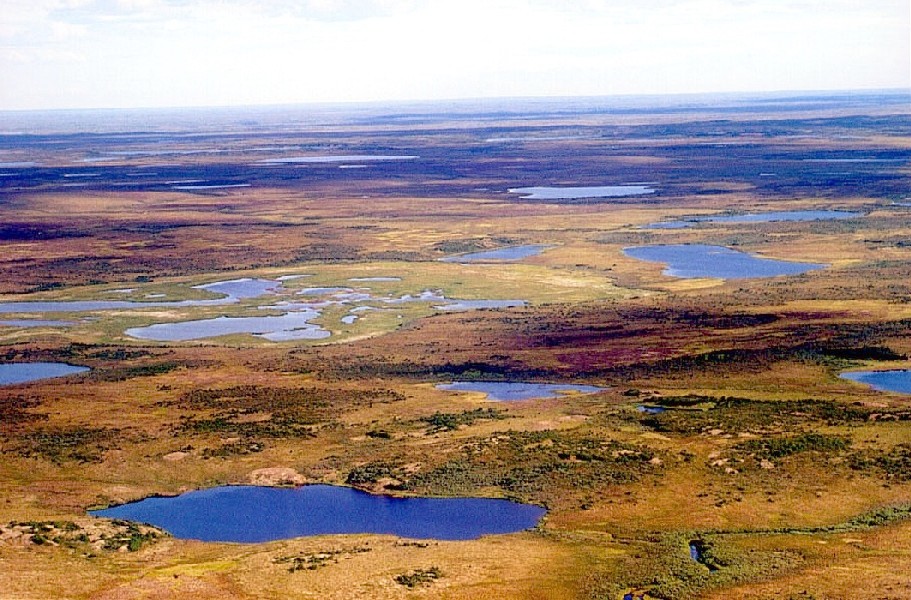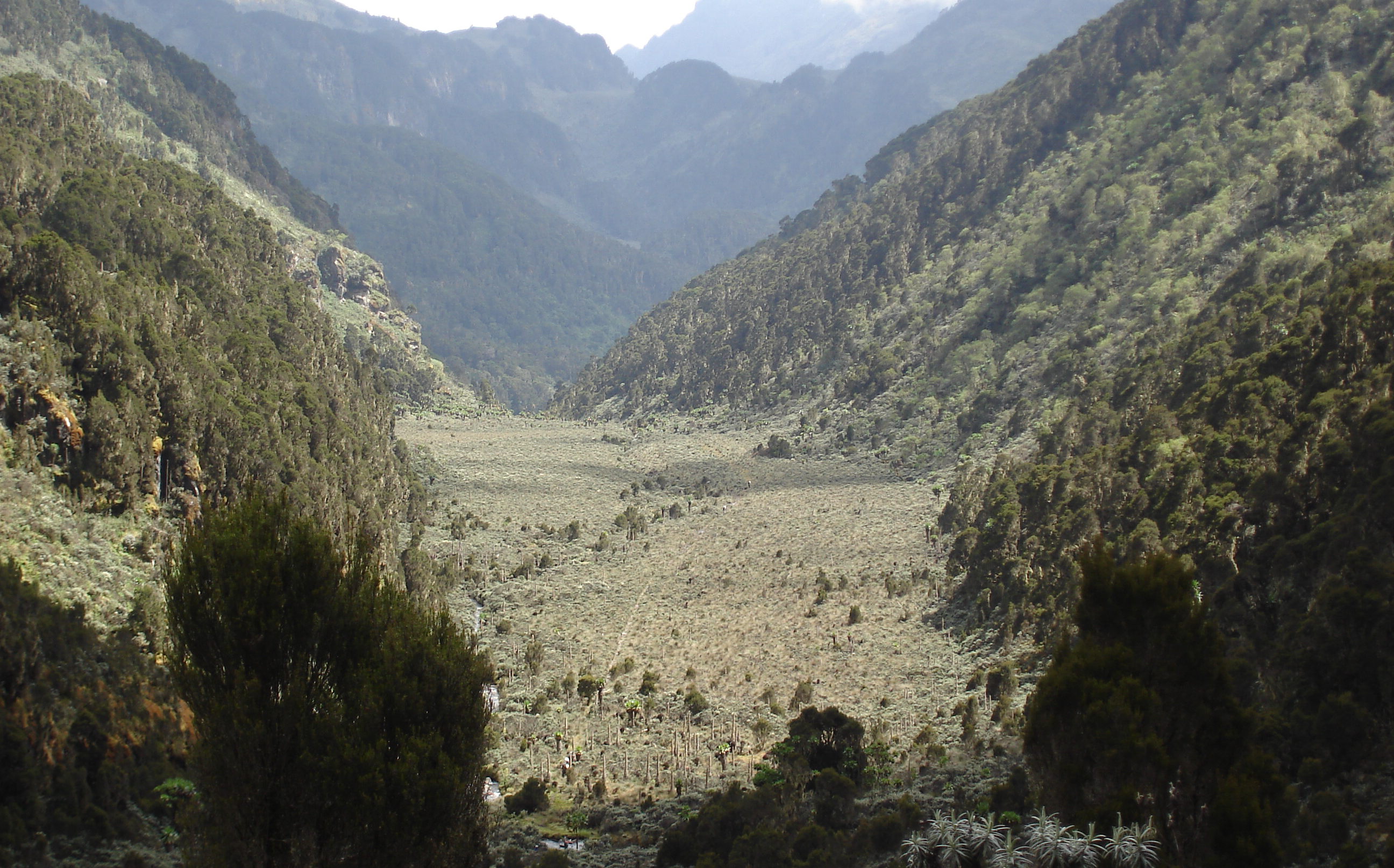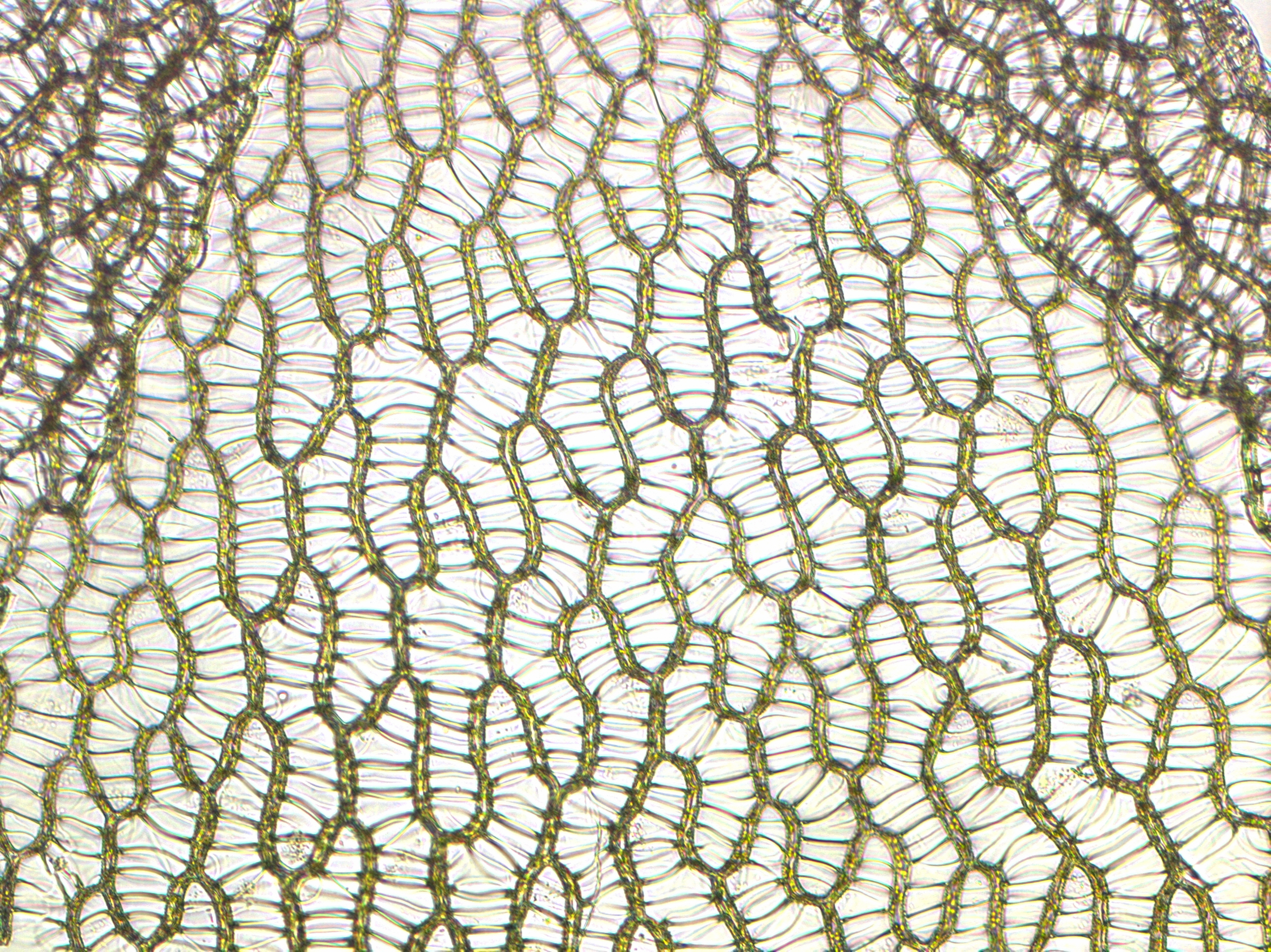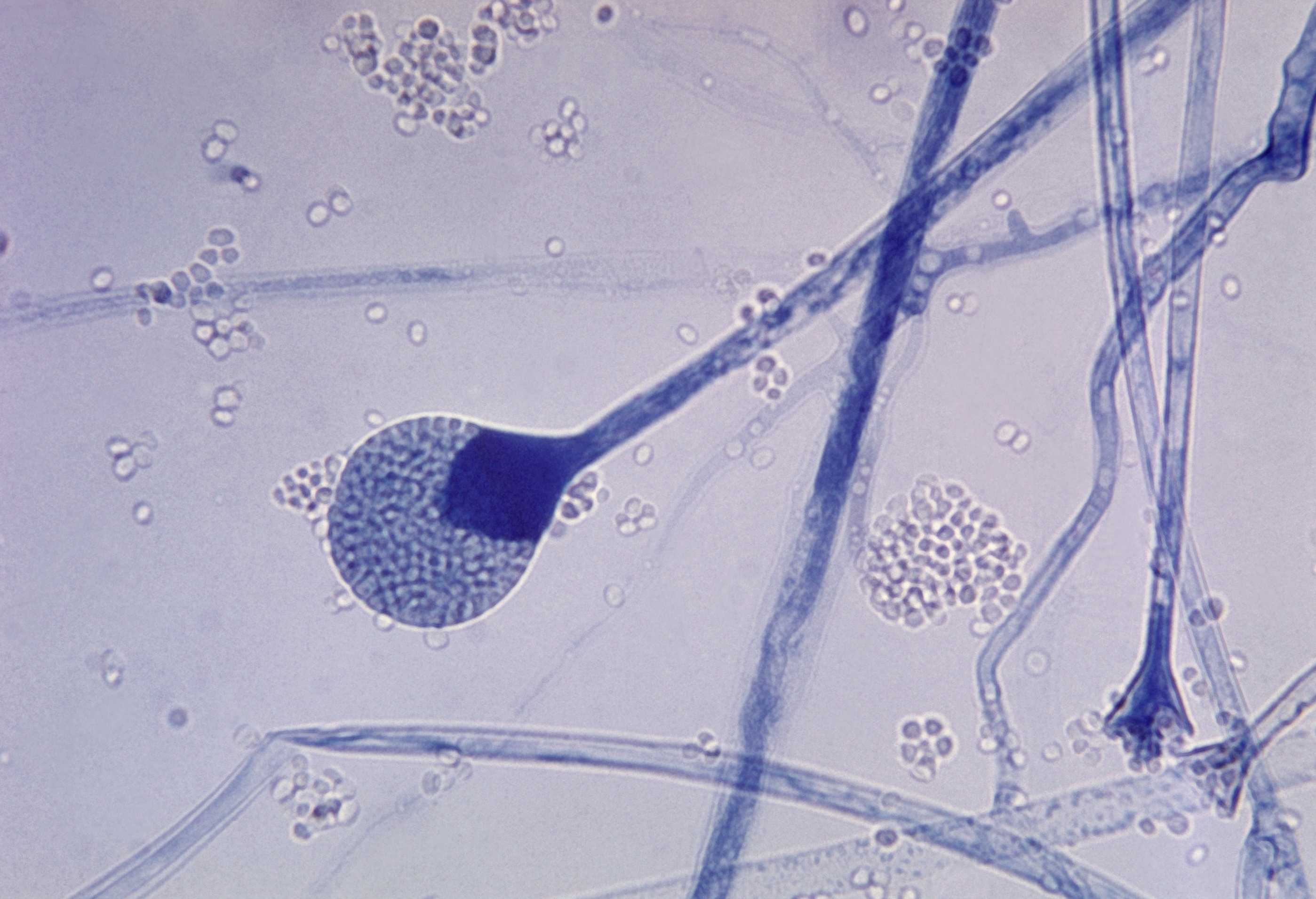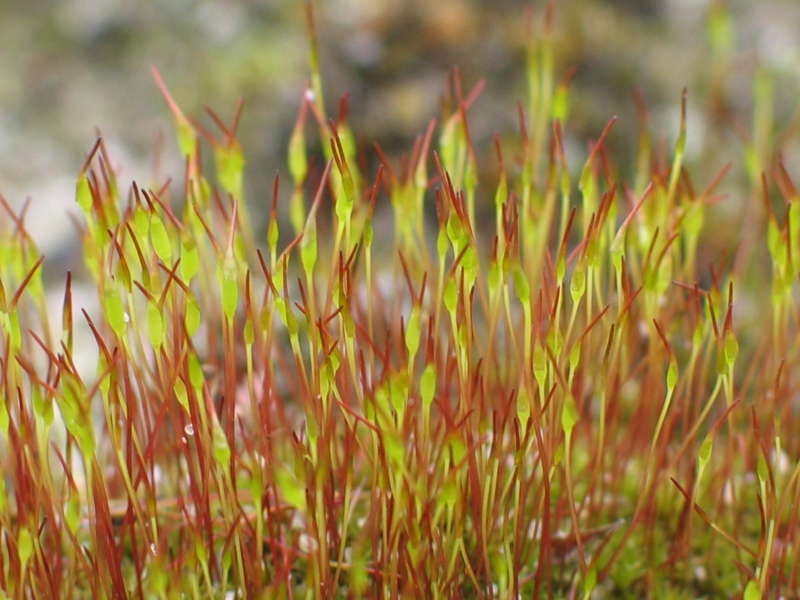|
Sphagnum Teres
''Sphagnum teres'', or rigid bogmoss, is a species of moss from the Sphagnaceae family. Widely distributed in the Northern Hemisphere, it grows in mountainous areas in the southern part of its range. It thrives in fertile, minerotrophic peatlands. It is characterized by a clearly visible terminal bud in the middle part of the head and usually a dark brown stem. Geographical distribution It is widespread in the Northern Hemisphere in the polar and temperate zones. In Europe, it grows commonly in the north (Scandinavian Peninsula) and the east (up to the Ural Mountains). Its compact distribution in Europe includes areas to the east and north of eastern France, northern Italy, Austria, Slovakia, and northern Ukraine. In southern Europe, its occurrence is limited to mountainous areas (the Pyrenees, Alps, the mountains of the Balkan Peninsula, and the Caucasus). In Asia, it grows in the north (Siberia to Kamchatka Peninsula and Japan) and further south in mountainous regions ( Altai ... [...More Info...] [...Related Items...] OR: [Wikipedia] [Google] [Baidu] |
Sphagnum Warnstorfii
''Sphagnum warnstorfii'' is a species of moss belonging to the family Sphagnaceae, named in honour of Carl Warnstorf. It is widely distributed in the north hemisphere. In a study of the effect of the herbicide Asulam Asulam is a herbicide invented by May & Baker Ltd , internally called M&B9057, that is used in horticulture and agriculture to kill bracken Bracken (''Pteridium'') is a genus of large, coarse ferns in the family Dennstaedtiaceae. Ferns (Pt ... on moss growth, ''Sphagnum warnstorfii'' was shown to have intermediate sensitivity to Asulam exposure. References Plants described in 1888 warnstorfii {{moss-stub ... [...More Info...] [...Related Items...] OR: [Wikipedia] [Google] [Baidu] |
Tundra
In physical geography, tundra () is a type of biome where tree growth is hindered by frigid temperatures and short growing seasons. The term ''tundra'' comes through Russian (') from the Kildin Sámi word (') meaning "uplands", "treeless mountain tract". There are three regions and associated types of tundra: Arctic tundra, alpine tundra, and Antarctic tundra. Tundra vegetation is composed of dwarf shrubs, sedges, grasses, mosses, and lichens. Scattered trees grow in some tundra regions. The ecotone (or ecological boundary region) between the tundra and the forest is known as the tree line or timberline. The tundra soil is rich in nitrogen and phosphorus. The soil also contains large amounts of biomass and decomposed biomass that has been stored as methane and carbon dioxide in the permafrost, making the tundra soil a carbon sink. As global warming heats the ecosystem and causes soil thawing, the permafrost carbon cycle accelerates and releases much of these soil-conta ... [...More Info...] [...Related Items...] OR: [Wikipedia] [Google] [Baidu] |
Peatland
A mire, peatland, or quagmire is a wetland area dominated by living peat-forming plants. Mires arise because of incomplete decomposition of organic matter, usually litter from vegetation, due to water-logging and subsequent anoxia. All types of mires share the common characteristic of being saturated with water, at least seasonally with actively forming peat, while having their own ecosystem. Like coral reefs, mires are unusual landforms that derive mostly from biological rather than physical processes, and can take on characteristic shapes and surface patterning. A quagmire is a floating (quaking) mire, bog, or any peatland being in a stage of hydrosere or hydrarch (hydroseral) succession, resulting in pond-filling yields underfoot. Ombrotrophic types of quagmire may be called quaking bog (quivering bog). Minerotrophic types can be named with the term quagfen. There are four types of mire: bog, fen, marsh and swamp. A bog is a mire that, due to its location relative to the ... [...More Info...] [...Related Items...] OR: [Wikipedia] [Google] [Baidu] |
Sphagnum Teres Kz05
''Sphagnum'' is a genus of approximately 380 accepted species of mosses, commonly known as sphagnum moss, peat moss, also bog moss and quacker moss (although that term is also sometimes used for peat). Accumulations of ''Sphagnum'' can store water, since both living and dead plants can hold large quantities of water inside their cells; plants may hold 16 to 26 times as much water as their dry weight, depending on the species.Bold, H. C. 1967. Morphology of Plants. second ed. Harper and Row, New York. p. 225-229. The empty cells help retain water in drier conditions. As sphagnum moss grows, it can slowly spread into drier conditions, forming larger mires, both raised bogs and blanket bogs. Thus, sphagnum can influence the composition of such habitats, with some describing sphagnum as 'habitat manipulators'. These peat accumulations then provide habitat for a wide array of peatland plants, including sedges and Calcifuges, ericaceous shrubs, as well as orchids and carnivorous plant ... [...More Info...] [...Related Items...] OR: [Wikipedia] [Google] [Baidu] |
Sphagnum Angustifolium
''Sphagnum angustifolium'', the fine bogmoss, is a species of peat moss with a Holarctic distribution. References External linksUSDA PLANTS profile @ Moss Flora of China angustifolium {{Bryophyte-stub ... [...More Info...] [...Related Items...] OR: [Wikipedia] [Google] [Baidu] |
Sphagnum Girgensohnii
''Sphagnum girgensohnii'', also known as Girgensohn's bogmoss, Girgensohn's sphagnum or common green peat moss, is a species of peat moss with a Holarctic The Holarctic realm is a biogeographic realm that comprises the majority of habitats found throughout the continents in the Northern Hemisphere. It corresponds to the floristic Boreal Kingdom. It includes both the Nearctic zoogeographical region ... and Indo-Malesian distribution. References External links''Sphagnum girgensohnii''@ Moss Flora of China Flora of Bulgaria girgensohnii {{Bryophyte-stub ... [...More Info...] [...Related Items...] OR: [Wikipedia] [Google] [Baidu] |
Spore
In biology, a spore is a unit of sexual or asexual reproduction that may be adapted for dispersal and for survival, often for extended periods of time, in unfavourable conditions. Spores form part of the life cycles of many plants, algae, fungi and protozoa. Bacterial spores are not part of a sexual cycle, but are resistant structures used for survival under unfavourable conditions. Myxozoan spores release amoeboid infectious germs ("amoebulae") into their hosts for parasitic infection, but also reproduce within the hosts through the pairing of two nuclei within the plasmodium, which develops from the amoebula. In plants, spores are usually haploid and unicellular and are produced by meiosis in the sporangium of a diploid sporophyte. Under favourable conditions the spore can develop into a new organism using mitotic division, producing a multicellular gametophyte, which eventually goes on to produce gametes. Two gametes fuse to form a zygote which develops into ... [...More Info...] [...Related Items...] OR: [Wikipedia] [Google] [Baidu] |
Sporangium
A sporangium (; from Late Latin, ) is an enclosure in which spores are formed. It can be composed of a single cell or can be multicellular. Virtually all plants, fungi, and many other lineages form sporangia at some point in their life cycle. Sporangia can produce spores by mitosis, but in nearly all land plants and many fungi, sporangia are the site of meiosis and produce genetically distinct haploid spores. Fungi In some phyla of fungi, the sporangium plays a role in asexual reproduction, and may play an indirect role in sexual reproduction. The sporangium forms on the sporangiophore and contains haploid nuclei and cytoplasm. Spores are formed in the sporangiophore by encasing each haploid nucleus and cytoplasm in a tough outer membrane. During asexual reproduction, these spores are dispersed via wind and germinate into haploid hyphae. Although sexual reproduction in fungi varies between phyla, for some fungi the sporangium plays an indirect role in sexual re ... [...More Info...] [...Related Items...] OR: [Wikipedia] [Google] [Baidu] |
Sporophyte
A sporophyte () is the diploid multicellular stage in the life cycle of a plant or alga which produces asexual spores. This stage alternates with a multicellular haploid gametophyte phase. Life cycle The sporophyte develops from the zygote produced when a haploid egg cell is fertilized by a haploid sperm and each sporophyte cell therefore has a double set of chromosomes, one set from each parent. All land plants, and most multicellular algae, have life cycles in which a multicellular diploid sporophyte phase alternates with a multicellular haploid gametophyte phase. In the seed plants, the largest groups of which are the gymnosperms and flowering plants (angiosperms), the sporophyte phase is more prominent than the gametophyte, and is the familiar green plant with its roots, stem, leaves and cones or flowers. In flowering plants the gametophytes are very reduced in size, and are represented by the germinated pollen and the embryo sac. The sporophyte produces spor ... [...More Info...] [...Related Items...] OR: [Wikipedia] [Google] [Baidu] |
Archegonium
An archegonium (pl: archegonia), from the ancient Greek ''ἀρχή'' ("beginning") and ''γόνος'' ("offspring"), is a multicellular structure or organ of the gametophyte phase of certain plants, producing and containing the ovum or female gamete. The corresponding male organ is called the antheridium. The archegonium has a long neck canal or venter and a swollen base. Archegonia are typically located on the surface of the plant thallus, although in the hornworts they are embedded. Bryophytes In bryophytes and other cryptogams sperm reach the archegonium by swimming in water films, whereas in Pinophyta and Angiosperms the pollen are delivered by wind or animal vectors and the sperm are delivered by means of a pollen tube. In the moss '' Physcomitrella patens'', archegonia are not embedded but are located on top of the leafy gametophore (s. Figure). The Polycomb protein FIE is expressed in the unfertilized egg cell (right) as the blue colour after GUS staining reveals. S ... [...More Info...] [...Related Items...] OR: [Wikipedia] [Google] [Baidu] |

